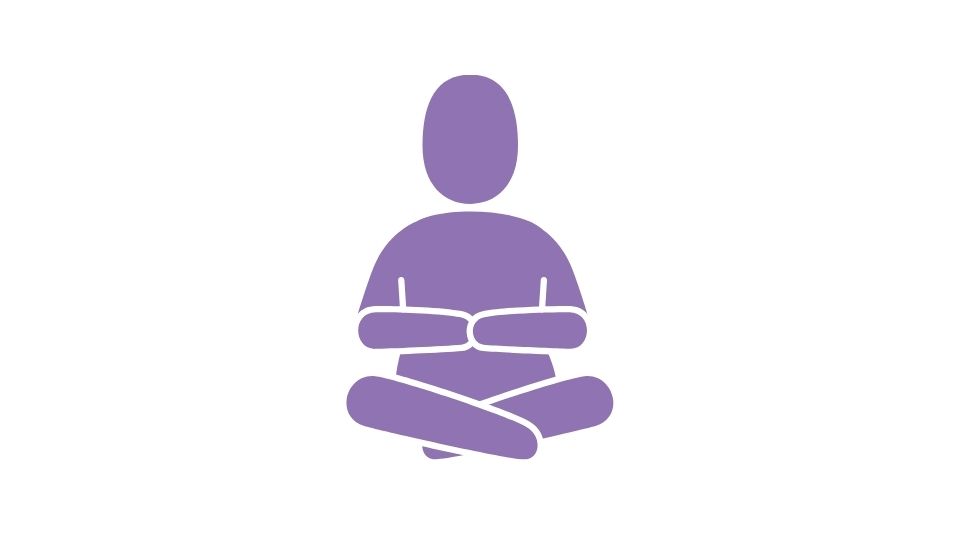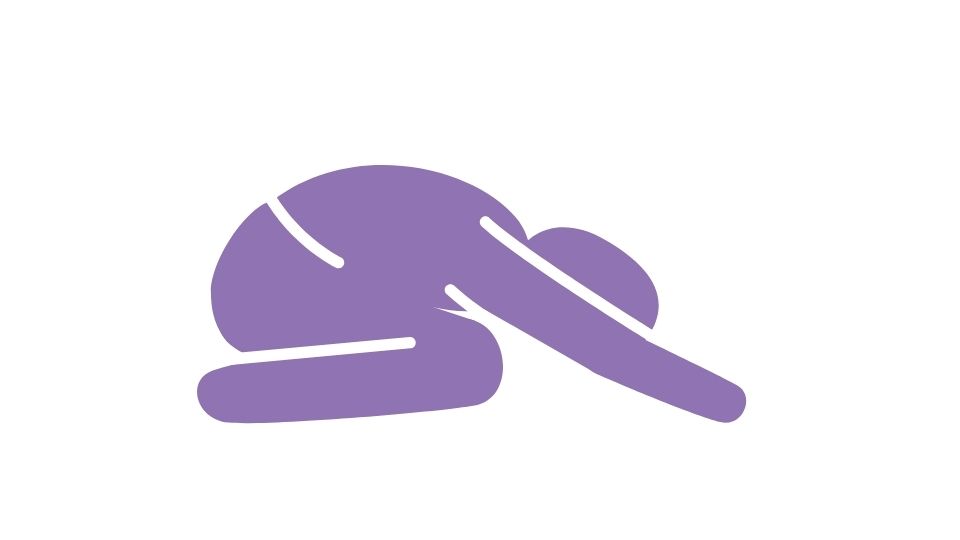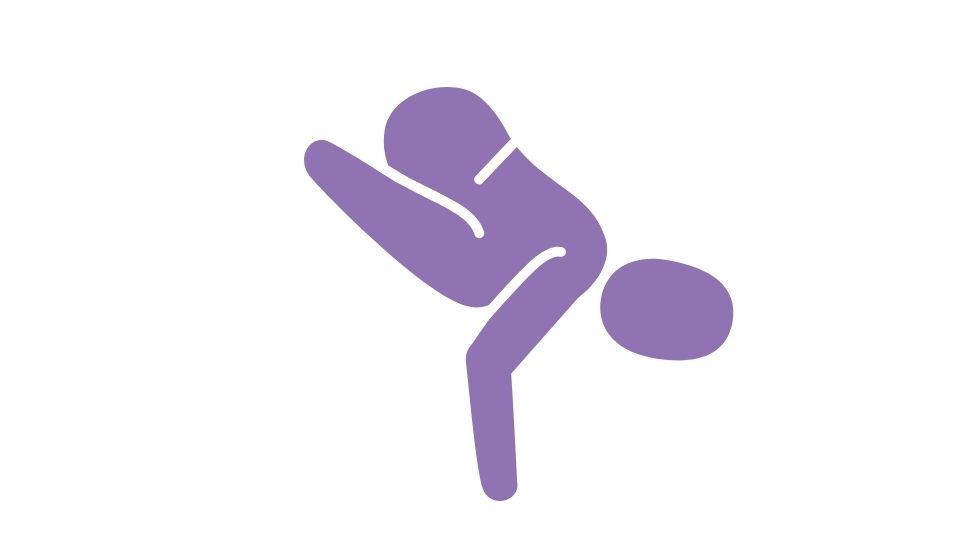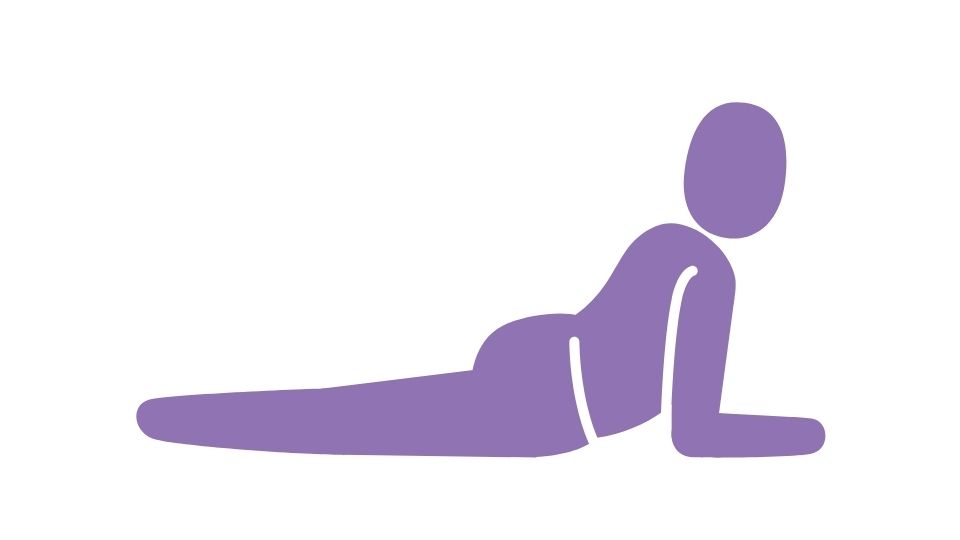Burning 400 Calories a Day: Monthly Weight Loss Potential
Burning 400 Calories a Day: Monthly Weight Loss Potential

Wondering exactly how many pounds you’ll drop by burning 400 calories daily for a month?
Let’s break it down with some simple math (and a reality check).
If you burn 400 calories every day for a month, you could potentially lose about 3.5 pounds.
This calculation comes from the classic weight loss equation: 3,500 calories equals roughly one pound of fat. So 400 calories × 30 days = 12,000 calories, which divided by 3,500 gives you approximately 3.4 pounds of weight loss.
But wait – your body isn’t a simple calculator.
The truth is, weight loss is a bit messier than that neat little equation suggests. Your actual results will depend on factors like your metabolism, what you’re eating, and how your body adapts over time.
Let’s dig deeper into what you can really expect when burning those extra 400 calories daily.
The Real Deal About Calorie Deficits and Weight Loss
Weight loss happens when you burn more calories than you eat – this is called a calorie deficit. Creating a 400-calorie deficit each day through exercise or movement is a solid approach to sustainable weight loss.
The traditional wisdom says that for every 3,500 calorie deficit you create, you’ll lose about one pound of body weight. This is why burning 400 calories daily for a month could theoretically lead to those 3.5 pounds of weight loss.
But here’s what most weight loss calculators don’t tell you:
- Your body isn’t a static machine
- Weight loss isn’t perfectly linear
- Your metabolism actually adapts and slows down as you lose weight
This means that while you might see great results in the first few weeks, your progress might slow down over time even if you maintain the exact same deficit.
What Actually Affects Your Weight Loss Results

-
Your Basal Metabolic Rate (BMR)
Your BMR is how many calories your body burns just staying alive – and it’s influenced by your age, sex, current weight, and muscle mass. The more muscle you have, the higher your BMR! -
Your Total Daily Energy Expenditure (TDEE)
This is your BMR plus all the calories you burn through daily activities and exercise. Understanding your TDEE helps you set realistic calorie targets. -
What You’re Eating
Burning 400 calories won’t help much if you reward yourself with a 500-calorie smoothie afterward! What and how much you eat still matters enormously. -
Nutrient Quality
500 calories of vegetables and protein affect your body differently than 500 calories of processed snacks. Nutrient-dense foods support metabolism and help preserve muscle during weight loss. -
Metabolic Adaptation
This is the annoying but natural process where your body becomes more efficient (burns fewer calories) as you lose weight. It’s one reason why weight loss tends to slow down over time.
How to Maximize Your Results When Burning 400 Calories Daily
Want to make sure those 400 calories burned actually translate to weight loss? Here’s how:
-
Track your food intake carefully
The easiest way to sabotage your efforts is by unknowingly eating back those burned calories. Consider using a food tracking app to keep yourself honest. -
Combine cardio and strength training
Cardio might burn more calories during the workout, but strength training builds muscle that raises your metabolism 24/7. Win-win! -
Be strategic with your nutrition
Focus on protein (keeps you full and preserves muscle), fiber-rich foods (satisfying with fewer calories), and plenty of water (helps distinguish thirst from hunger). -
Adjust as you go
As your weight drops, your calorie needs change too. Be prepared to either increase your activity or slightly decrease your food intake to maintain your deficit.
Real-World Example
Let’s say your body needs 2,200 calories daily to maintain your current weight:
- If you burn an extra 400 calories through exercise → your body now needs 2,600 calories to maintain
- If you eat 2,200 calories (your previous maintenance amount) → you create a 400-calorie deficit
- Over 30 days → 12,000 calorie deficit → approximately 3.4 pounds lost
But what if you also cut 200 calories from your diet? Now you’re at a 600-calorie daily deficit, potentially leading to about 5 pounds lost in a month!
Tracking Progress and Making Adjustments

Because weight loss isn’t perfectly linear, you need to monitor your progress and be ready to make changes:
- Weigh yourself consistently (same time, same day of week)
- Take body measurements (sometimes the scale doesn’t move but your body composition changes)
- Adjust your approach every few weeks based on results
Important: Don’t go too extreme with calorie restriction. Women shouldn’t drop below about 1,200 calories daily, and men shouldn’t go below 1,500 – your body needs adequate nutrition to function properly.
Beyond the Scale: Other Benefits of Burning 400 Calories Daily

Weight loss isn’t the only win you’ll get from regular exercise. You’ll also enjoy:
- Improved cardiovascular health
- Better mood and mental health
- Increased energy levels
- Improved sleep quality
- Greater strength and functional fitness
These benefits happen regardless of what the scale says!
Summary: What to Expect

- Burning 400 calories daily creates a monthly deficit of about 12,000 calories
- This typically results in approximately 3.5 pounds of weight loss per month (if food intake remains stable)
- Actual results vary based on metabolism, food choices, and consistency
- Combining your calorie-burning activities with good nutrition maximizes results
- The health benefits extend far beyond just weight loss
Remember that sustainable weight loss is a marathon, not a sprint. Burning 400 calories daily is an excellent, realistic target that can lead to significant results over time without extreme measures that are impossible to maintain.
The best weight loss plan is one you can stick with long-term – and a moderate approach like this fits the bill perfectly!
Want more posts like this?Sign up for our FREE newsletter →
